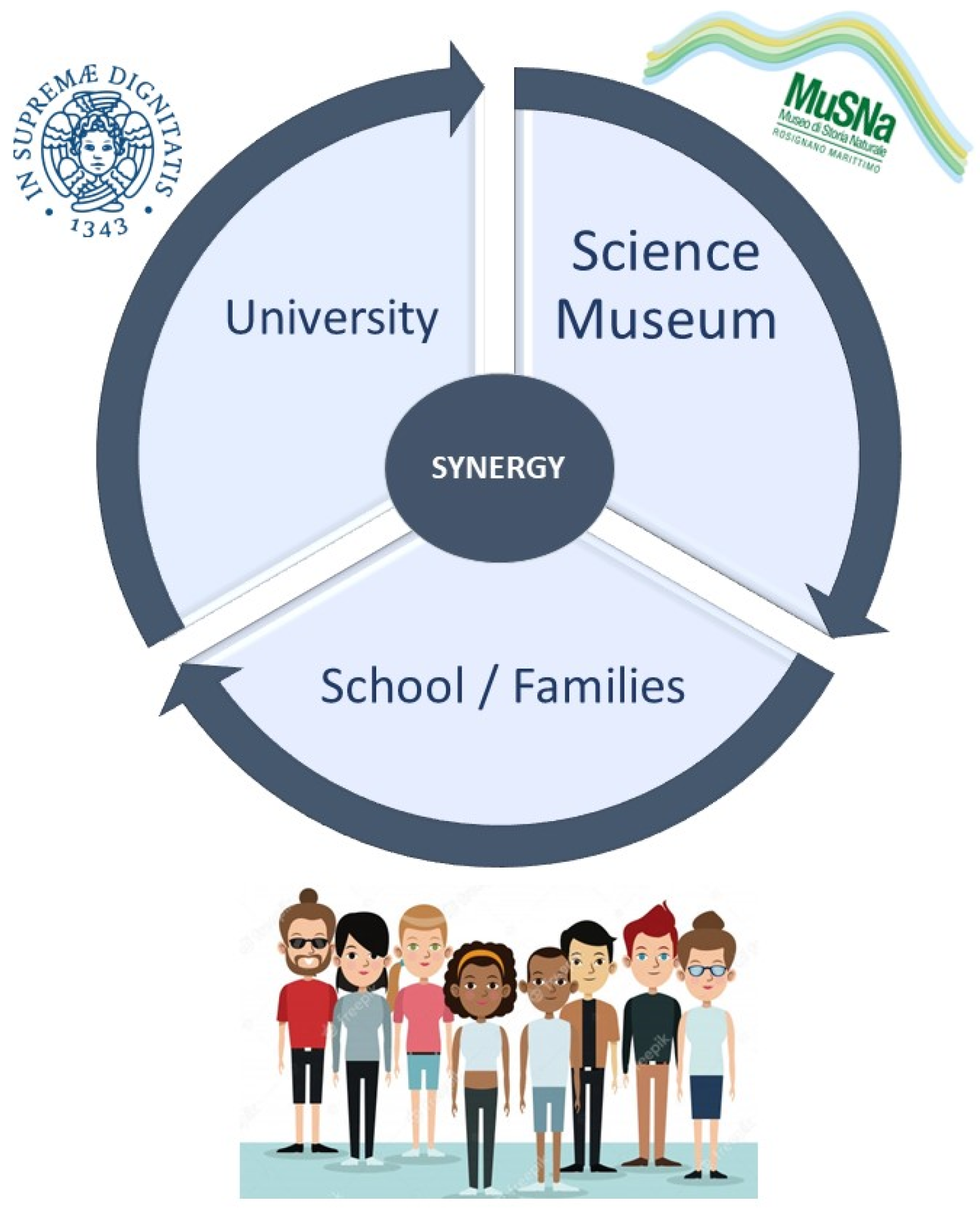Measuring Excellence: STEAM Education Assessment Strategies

Assessing Excellence: Strategies for Evaluating STEAM Education
In the realm of STEAM (Science, Technology, Engineering, Arts, and Mathematics) education, effective assessment methods are crucial for gauging student understanding, fostering continuous improvement, and ensuring the success of this interdisciplinary approach.
The Complexity of Assessing STEAM Learning
Assessing STEAM education presents unique challenges due to its interdisciplinary nature. Traditional assessment methods may fall short in capturing the full spectrum of skills and knowledge encompassed by STEAM. Thus, innovative strategies are essential to evaluate the effectiveness of STEAM learning experiences.
Authentic Assessments for Real-World Application
Authentic assessments provide a bridge between theoretical learning and real-world application. In STEAM education, these assessments mirror the tasks professionals encounter in STEM fields, encouraging students to apply their knowledge to solve practical problems. Project-based assessments, simulations, and case studies are effective tools in this regard.
Measuring Creativity and Innovation
STEAM education places a strong emphasis on fostering creativity and innovation. Traditional assessments may not capture these qualities adequately. Therefore, incorporating assessments that evaluate students’ ability to think creatively, generate innovative solutions, and apply their imagination is crucial for a comprehensive evaluation of STEAM learning.
Assessing Collaboration and Teamwork
Collaboration is a cornerstone of STEAM education, mirroring the collaborative nature of many professional settings. Assessment methods should include evaluating students’ ability to work effectively in teams, communicate their ideas, and contribute meaningfully to collaborative projects. Peer assessments and group projects are valuable tools for measuring these skills.
Rubrics for Comprehensive Evaluation
Utilizing well-designed rubrics is essential for providing clear expectations and grading criteria in STEAM education. Rubrics can encompass a range of criteria, including content knowledge, problem-solving skills, creativity, communication, and teamwork. This comprehensive approach ensures a holistic evaluation of students’ performance.
Formative Assessments for Continuous Improvement
Incorporating formative assessments throughout the learning process is essential for continuous improvement. These assessments provide feedback to both students and educators, allowing for adjustments to teaching strategies and enabling students to track their progress. Interactive quizzes, classroom discussions, and self-assessment tools contribute to formative assessment practices.
Technology-Enhanced Assessment Tools
In the digital age, technology plays a vital role in assessment methods. Online platforms, interactive simulations, and virtual labs offer dynamic ways to evaluate students’ understanding of complex STEAM concepts. These tools provide a more engaging and immersive assessment experience.
Addressing Equity in Assessment
Ensuring equity in STEAM education assessment is crucial for promoting inclusivity. Assessment methods should be designed to accommodate diverse learning styles and backgrounds. Educators must be mindful of potential biases in assessments and adopt inclusive practices that provide equal opportunities for all students to demonstrate their understanding.
Performance-Based Assessments for Skill Mastery
Performance-based assessments focus on evaluating students’ ability to apply knowledge and skills in practical situations. These assessments go beyond traditional testing formats and include activities such as presentations, demonstrations, and portfolio assessments. These methods are particularly effective in measuring skill mastery in STEAM education.
Reflective Assessments for Metacognition
Encouraging metacognition—the ability to think about one’s thinking—is vital in STEAM education. Reflective assessments prompt students to analyze their learning process, identify areas of improvement, and set goals for future learning. Journaling, reflective essays, and self-assessment activities contribute to the development of metacognitive skills.
Embracing Assessment for Continuous Growth in STEAM Education
In conclusion, effective assessment in STEAM education goes beyond traditional testing. It involves embracing a variety of strategies that capture the interdisciplinary and innovative nature of this educational approach. To explore more about STEAM education assessment methods, visit essayoutlinewritingideas.com. By adopting diverse and dynamic assessment practices, educators can ensure that STEAM learning experiences foster continuous growth and excellence in students.



